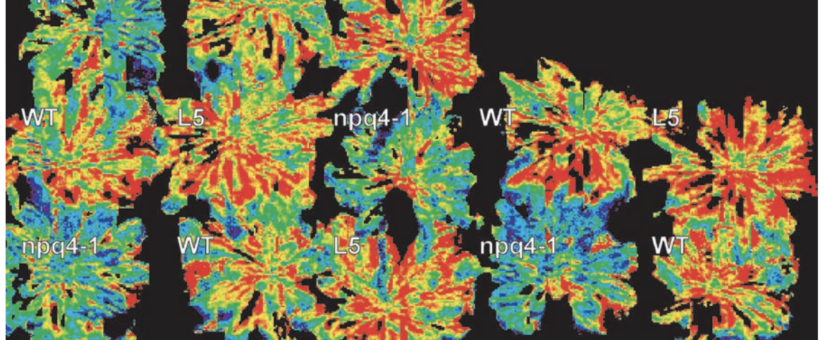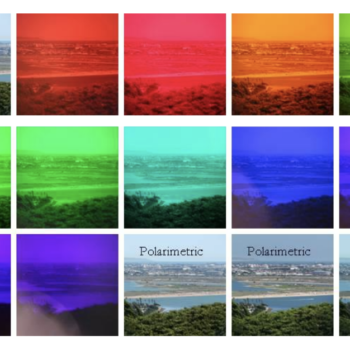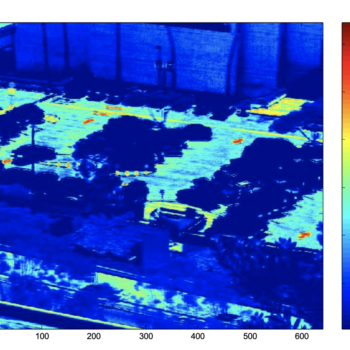
Monitoring Spatio-temporal Dynamics of Photosynthesis with a Portable Hyperspectral Imaging System
- On January 1, 2007
Photosynthetic efficiency of higher plants dynamically adapts to changing light intensity and is greatly influenced by stress, such as water stress. We tested a new portable hyperspectral imaging system, the SOC-700, manufactured by Surface Optics, which produces 12-bit reflectance images between 440 nm and 880 nm with a 4 nm spectral resolution. We quantified the reflectance properties and photochemical reflectance index (PRI) during light adaptation of genetically modified Arabidopsis thaliana (L.) Heynh. plants lacking or over-expressing the PsbS protein, an essential component of the mechanism of non-photochemical dissipation. In a second experiment, PRI images of gradually water stressed leaves were compared to leaf-level measurements of reflectance using a second commercially available spectrometer, and chlorophyll fluorescence to detect dynamic, photosynthesis correlated changes in reflectance and PRI.
In both experiments PRI measured with the SOC-700 changed, reflecting the biochemical adaptation of the photosynthetic apparatus to high light intensity (dynamic changes within minutes) and the gradual deactivation of photosynthesis during drying (changes within hours). The quantum efficiency of photosystem II (ΔF/Fm′) and non-photochemical energy dissipation (NPQ) measured from chlorophyll fluorescence, were strongly correlated with PRI. Leaf area PRI values estimated from individual pixel spectra of the SOC-700 quantified photosynthetic efficiency more thoroughly than PRI values calculated from point measurements using the hand-held GER-1500. The applications, limitations, and potential of the SOC-700 for plant eco-physiology and remote sensing are also discussed.
Citation
Rascher, Uwe; Nichol, Caroline J.; Small, Christopher; Hendricks, Leif; Photogrammetric Engineering & Remote Sensing, Number 1 / January 2007, pp. 45-56(12) American Society for Photogrammetry and Remote Sensing DOI: https://doi.org/10.14358/PERS.73.1.45



0 Comments